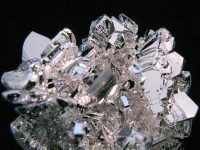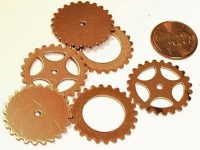Sources of Magnesium Magnesium is an additive metal commonly used in detergent additives. Only when the magnesium level deviates more than 25% from the new oil or reference value should a concern be raised, but the likeliest cause if mixing or topping-off with a different product. With normal and expected additive depletion due to usage,…
Read more
Sources of Magnesium







